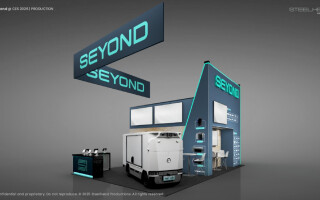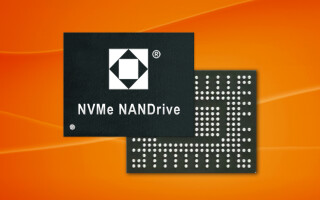AMD energizes embedded graphics applications
October 17, 2016
AMD recently put a stake in the ground with respect to its graphics capabilities. Perfectly suited for traditional gaming applications, these cards ca...
AMD recently put a stake in the ground with respect to its graphics capabilities. Perfectly suited for traditional gaming applications, these cards can potentially take such applications to a much higher level. Now, AMD is going one step further, and offering similar products to the embedded space.
With the introduction of the Embedded Radeon E9260 and E9550 graphics processing units (GPUs), the door is now open to any application requiring rich multimedia and 4K video in power-constrained embedded environments. Examples include digital signage, 4K teleconferencing and interactive digital whiteboards, enhanced medical imaging for clinical diagnoses, and transportation instrumentation.
Designed with the company’s Polaris GPU architecture, the base processors leverage an optimized 14-nm FinFET process that delivers up to 5.8 TFLOPS of performance while consuming less than 95 W, in the case of the E9550. The E9260 pumps out 2.5 TFLOPS at less than 50 W total board power.
The E9550’s GPUs provide immersive and accurate 4K graphic capabilities with H.265 and H.264 encode/decode on up to six displays, enabling panoramic “surround sight” and overhead visuals. This allows for more accuracy in images and more immersive detail to produce a superior visual experience. Vulkan API support offers cross-platform 3D graphics and compute, enabling enhanced-performance and smoother CPU coprocessing. DirectX 12 support provides fast performance, more frames per second, and reduced latency.
The E9260 is available in versatile, compact MXM and PCI Express form factors with 4 Gbytes of memory, while the E9550 is available in an MXM type B form factor with 8 Gbytes of memory. The E9260 is available now, with a five-year planned longevity. That’ll be followed by the E9550 before the end of the year, with a three-year planned longevity.





